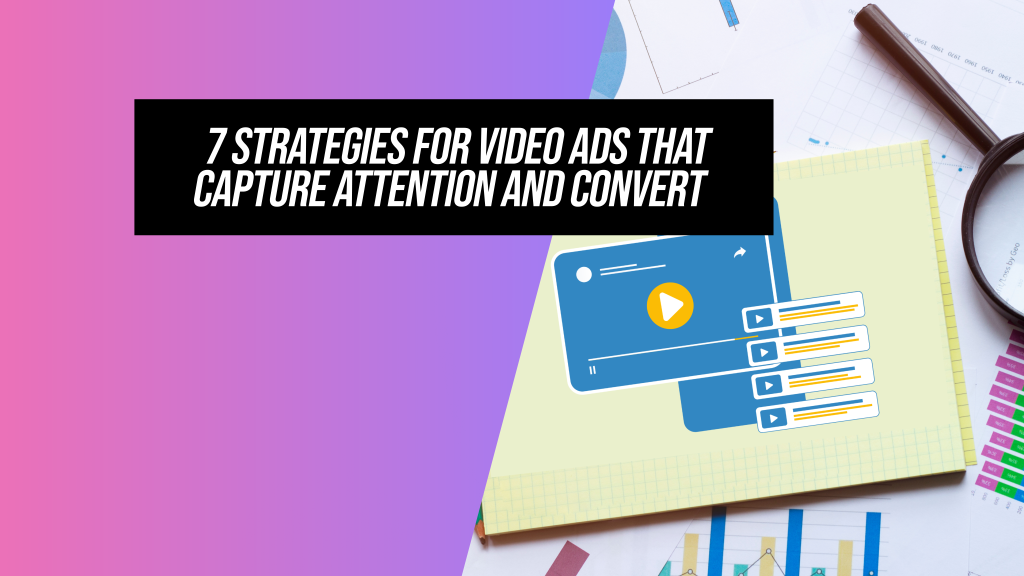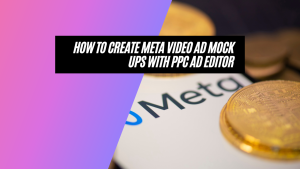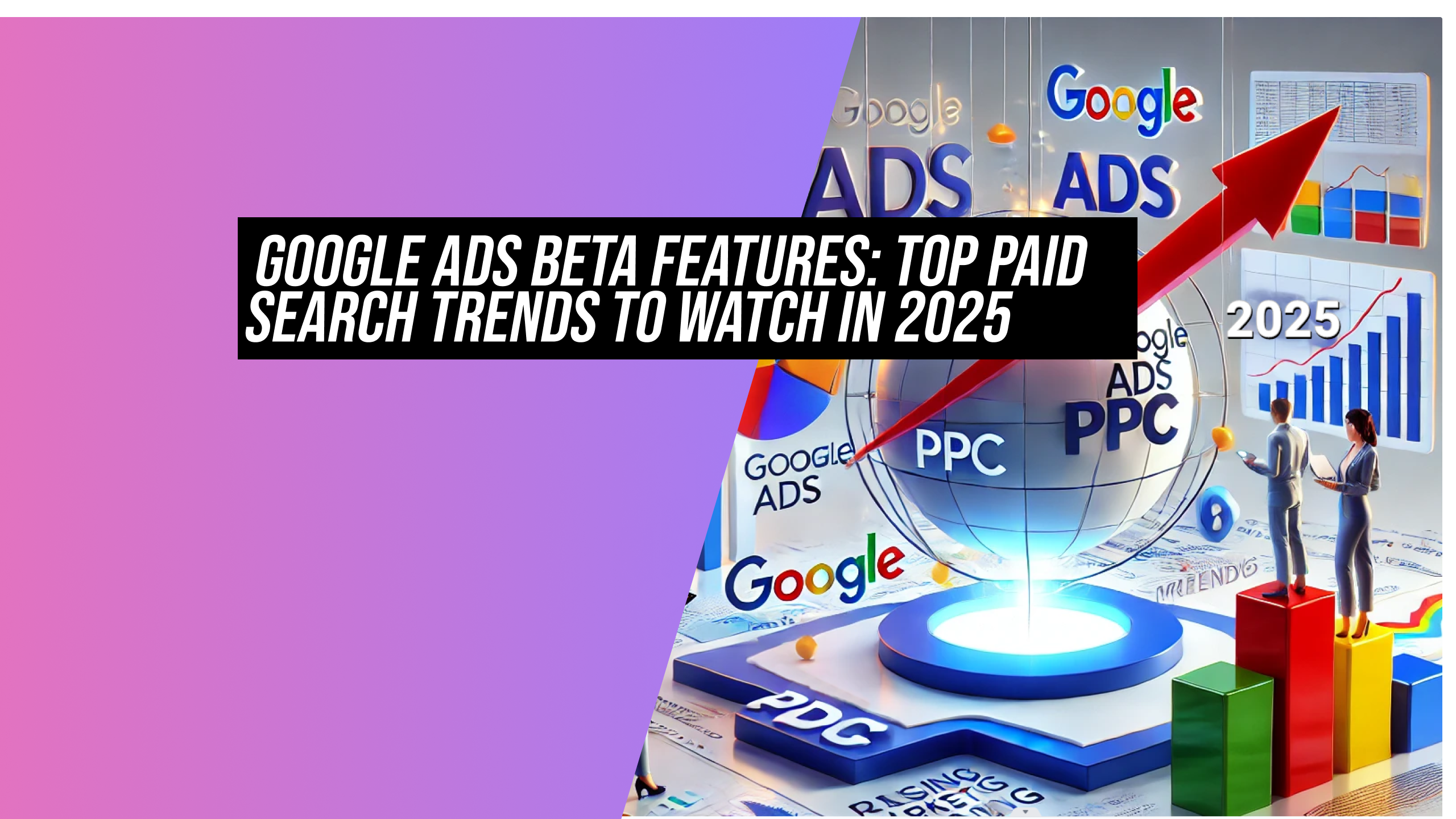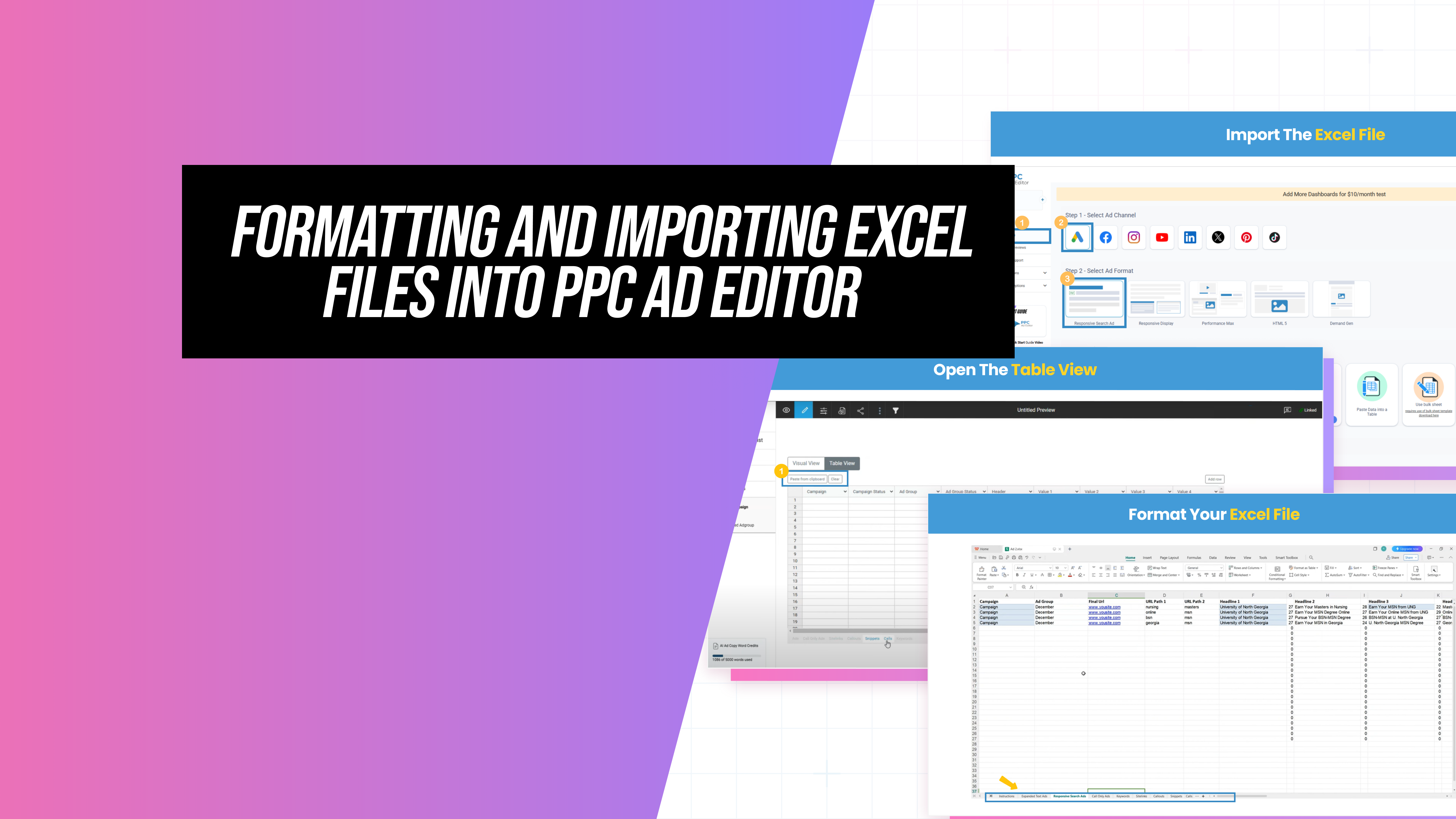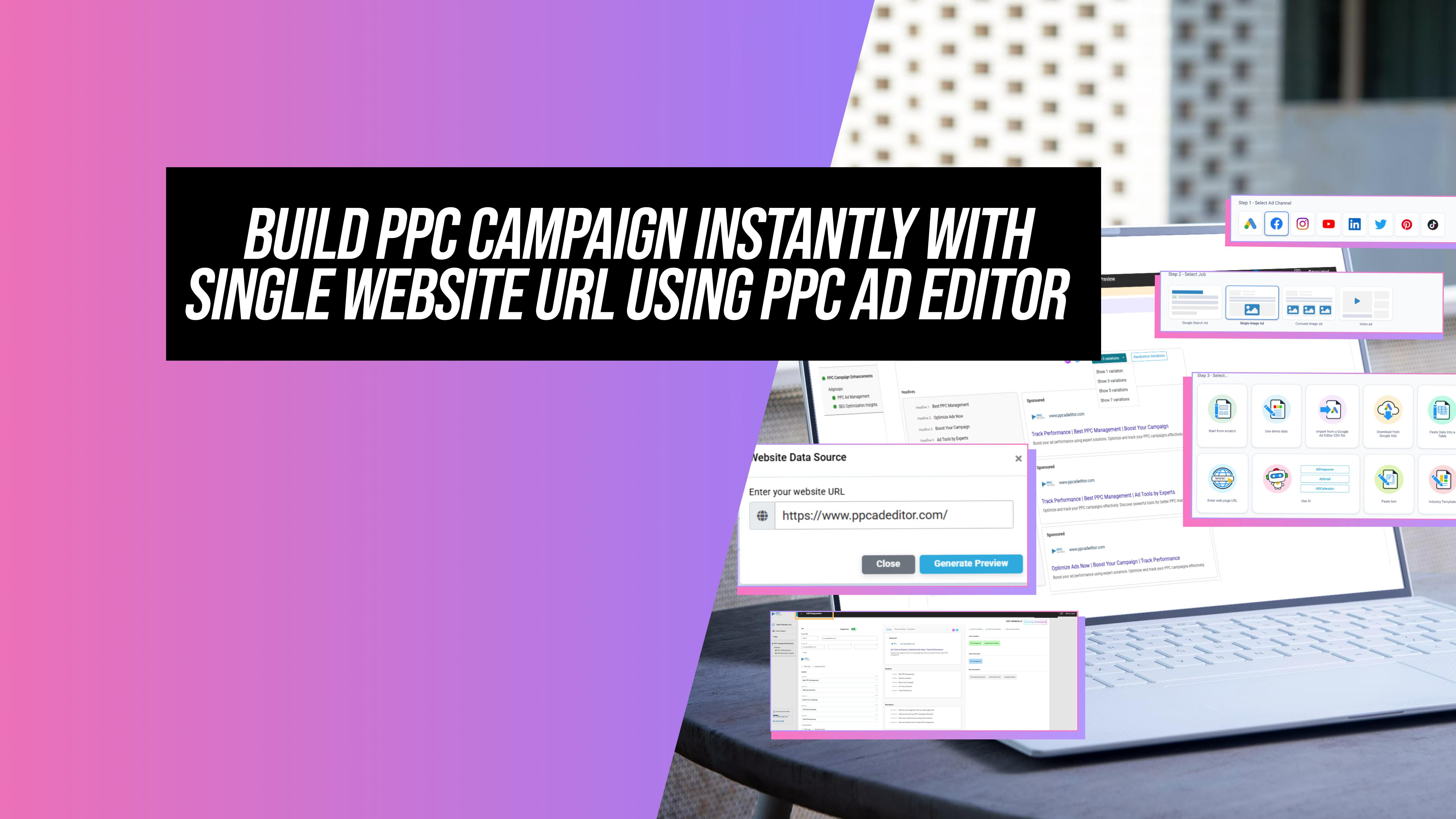Why Video Ad Strategy Is Essential for Modern Marketers
Video ads have become one of the most powerful ways to reach and convert audiences in today’s digital world. Yet, many marketers hesitate to dive into video advertising due to misconceptions about the complexity or cost involved.
The truth is, that video ads offer unmatched advantages. With precise targeting, you can connect with the exact audience you want, test offers quickly and gather data to fine-tune your messaging. Once you create a winning video ad, scaling your success is as simple as increasing your ad spend. Video ads can be a crucial part of a comprehensive content marketing strategy, helping businesses identify their audience and meet their needs effectively. Both small businesses and large corporations can benefit from video ads.
The good news? You don’t need fancy equipment or advanced technical skills to create high-converting video ads. With a smartphone and basic editing tools, anyone can craft engaging ads. The real secret lies in using proven psychological triggers that captivate your audience and inspire them to act.
A Proven Framework for High Conversion Rates in Video Ads
Here’s a step-by-step guide to creating video ads that resonate:
1. Start Strong
Grab attention with pattern interrupts.
Identify your audience.
Hook viewers with a powerful opening.
Address pain points upfront.
2. Build Trust
Show tangible results and proof.
Address common objections.
Demonstrate your expertise confidently.
3. Inspire Action
Use clear, direct calls to action (CTAs) to guide viewers toward the desired action.
Create urgency to act now.
Remove risks to make the decision easy.
Crafting Engaging Video Content
Crafting engaging video content is crucial for capturing the attention of your target audience and driving conversions. Here are some tips to help you create effective video content:
Focus on storytelling techniques to capture attention
Storytelling captivates and connects with your audience. Use techniques like anecdotes, metaphors, or real-life examples—such as customer success stories—to make your video content relatable and showcase the value of your offer.
Be authentic and creative in your approach
Authenticity and creativity are vital for engaging video content. Stay true to your brand’s voice, show your human side, and create genuine connections. Use creativity to stand out by experimenting with formats, visuals, and storytelling that resonate with your audience.
7 Strategies to Create High-Converting Video Ads
1. Grab Attention with Pattern Interrupts
In today’s social media world, you’re competing against an endless stream of content for your viewer’s attention. The first few seconds of your video ad are make or break. This is where the psychology of pattern interrupts comes in.
Here are some pattern interrupt techniques, with examples, to try:
Effective Techniques:
Dynamic Visuals: Use bold gestures, quick zooms, or animated effects.
Unexpected Transitions: Add glitch effects, bold colors, or surprising scene changes.
Interference Effects: Mimic screen distortions or interruptions.
Props with Impact: For example, show a burning wallet and ask, Is your ad spend burning through your budget?
These techniques break the monotony and compel viewers to keep watching.
2. Speak Directly to Your Audience
Clear audience targeting is one of high-converting video ads’ most critical but often overlooked parts. Even with perfect targeting, generic messaging doesn’t resonate. At the beginning of your video, tell your audience who your message is for, and they will self-qualify instantly.

This connects with qualified leads and trains the algorithms to refine ad delivery, reducing waste and increasing performance.
Here are three audience identification techniques, with examples, to try.
How to Identify Your Target Audience:
Role-Based: Hey, software developers…
Situation-Based: If you manage marketing for a small business…
Problem-Based: Tired of inconsistent lead generation?
By stating your audience upfront, you trigger a recognition response that helps qualified viewers engage while filtering out those who aren’t your target.
3. Keep Viewers Hooked
After grabbing attention, you need a strong hook to keep viewers engaged. Consider these options:
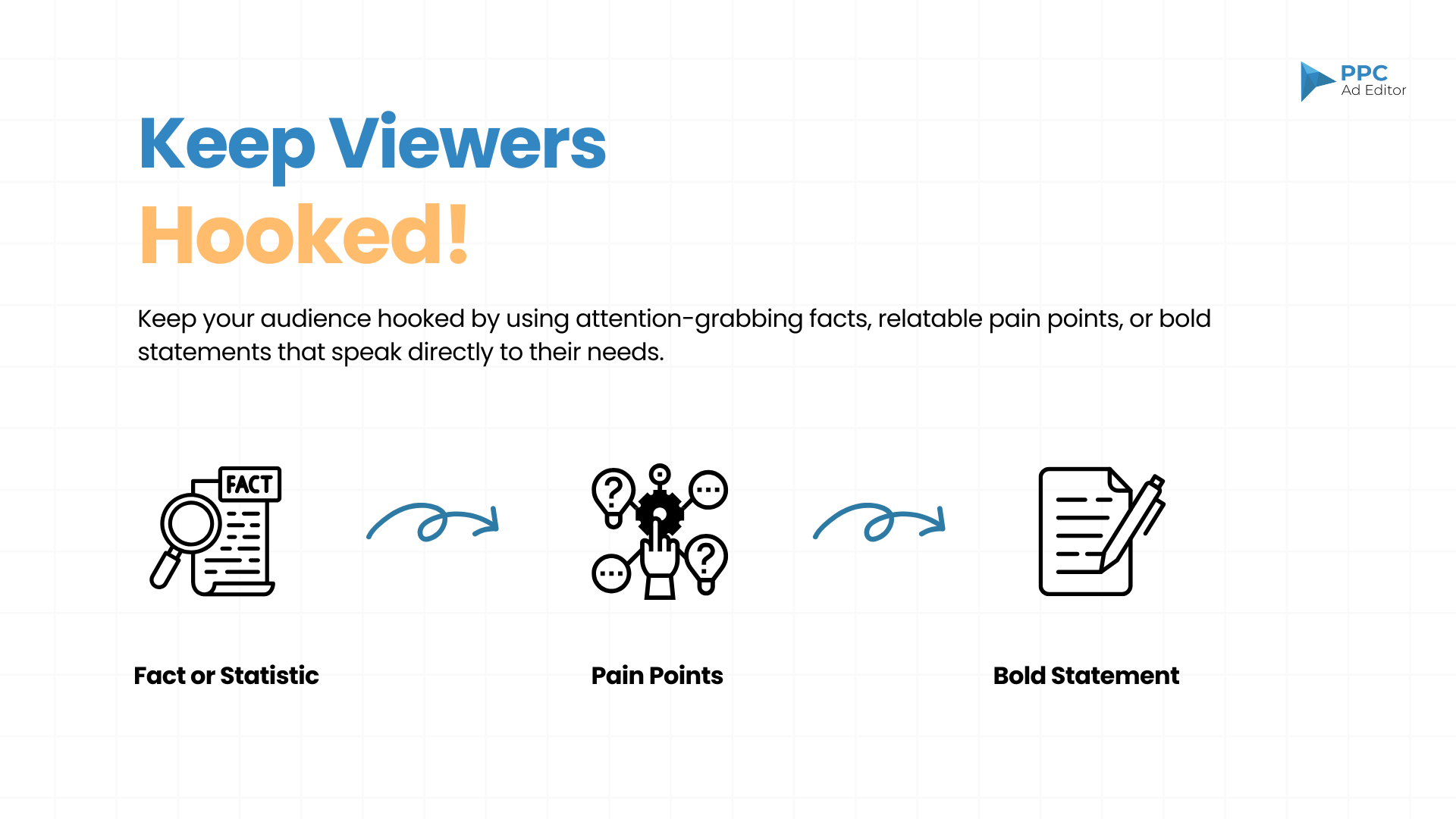
Fact or Statistic: 87% of businesses use this overlooked strategy.
Pain Point: Exhausted from working 60-hour weeks while competitors scale effortlessly?
Bold Statement: “Websites are dead. Funnels are the new way to generate leads”.
Keeping viewers hooked is essential for driving traffic to your website.
Combine hooks with audience identification for an even greater impact. For example:
Attention fitness coaches: Here’s how to double your client base in 30 days.
4. Focus on Pain Points and Aspirations
People are more motivated to avoid pain than to seek pleasure. Addressing your audience’s pain points makes your message compelling.
Effectively addressing these pain points can help move potential customers through the sales funnel, ensuring that your content meets the needs of different audience segments at various stages.
Common Pain Points:
Business: Struggling with low conversion rates?
Personal: Missing family time due to long work hours?
Financial: Spending heavily on ads without results?
Once you’ve highlighted their struggles, paint a picture of a better future made possible with your offer. Help them see how solving their challenges leads to achieving their aspirations.
Show Social Proof to Build Trust
Generalities don’t work anymore in today’s cynical world. Your video must show specific, tangible results and back them up with proof from reputable sources so the results you promise are believable and achievable. Including timeframes and metrics helps.
For example, instead of “Get in shape quickly”, use “Tone Your Body in 30 days with just 15 minutes a day”.
Instead of “Improve your productivity” use “Save 10 hours a week with this simple system.”
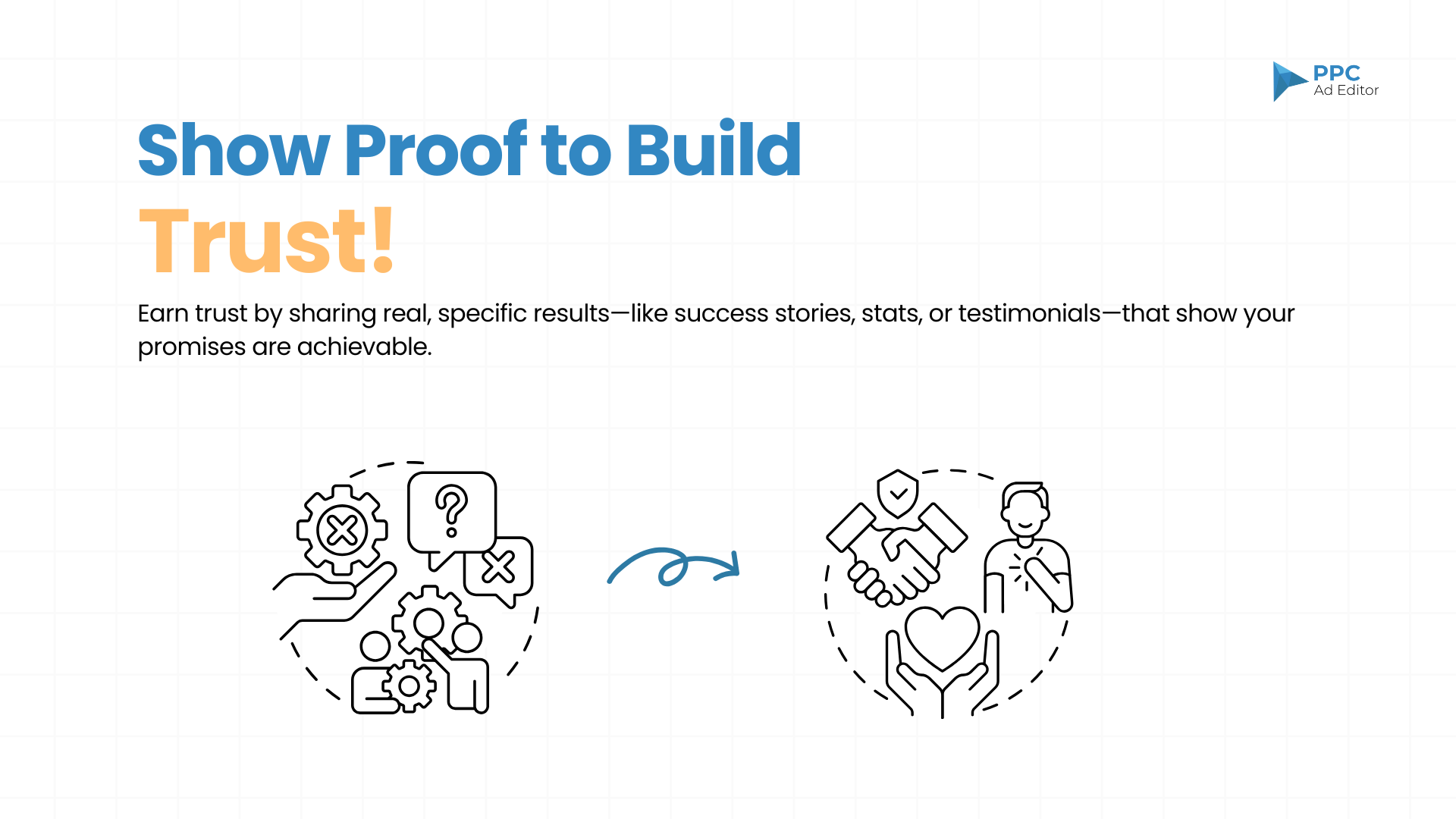
Here are effective types of proof, with examples.
Examples:
Case Studies: Sarah booked 15 clients in 30 days using our system.
Statistics: Clients see a 327% increase in leads within 90 days.
Social Proof: Share testimonials, endorsements, or awards.
6. Overcome Objections
Every offer has objections; you need to address them in your video ads to convert. three ways to handle objections. Use these strategies:
Preemptive Strike: Tackle common concerns before they arise.
Layered Proof: Combine different forms of evidence.
Contrast Method: Highlight the cost of inaction or drawbacks of alternatives.
Common Objections:
Time: This takes less than 2 hours to implement.
Money: Most clients see ROI within 30 days.
Risk: We offer a 30-day money-back guarantee.
7. End with a Clear Call to Action
A clear, compelling call to action (CTA) is the final piece of a high-converting video ad–your viewer needs to be told what to do next, even if you think it’s obvious.
Directing viewers to a high-converting landing page can enhance the effectiveness of your call to action.
First, use direct language and give them specific action steps and simple instructions. For example: Click the link below to sign up for the free training.
Second, add urgency to your CTA with limited-time offers, exclusive opportunities, scarcity, or deadlines. For example: This offer is only available through this ad.
And finally, remind them of the value of your offer with benefits, outcomes, and results. For example: Get your free guide now
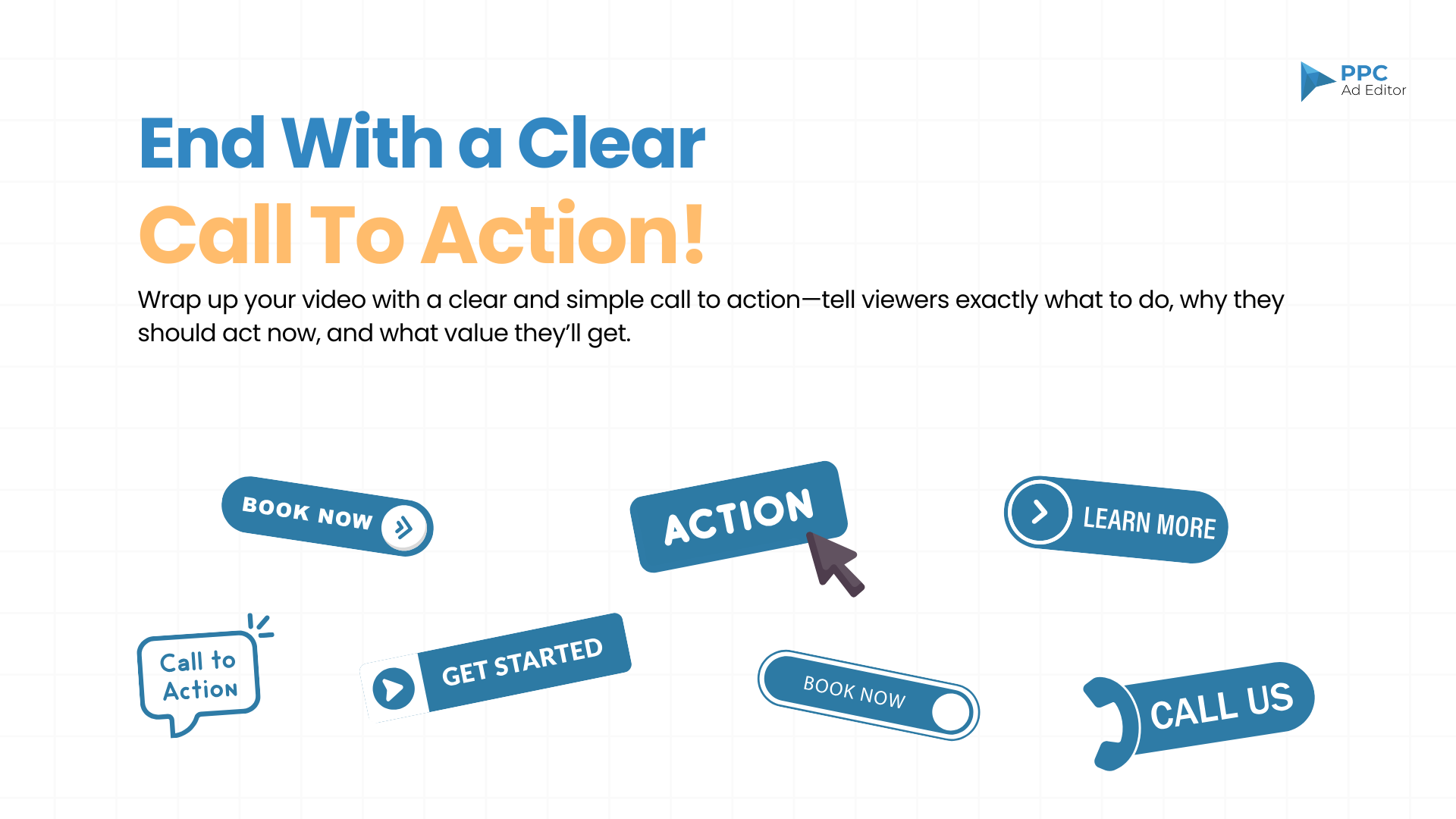
Here are three ways to deliver your CTA.
Examples:
Multiple-Touch Approach:
Early: Keep watching to learn more.
Close: Click below to register now.
Value Stack: Highlight the benefits and bonuses your audience will receive.
Risk Reversal: Offer guarantees to remove hesitation.
Leveraging Customer Data for Better ROI
Leveraging customer data is essential for creating effective video ad strategies that drive conversions and meet business goals. Here are some ways to use customer data to inform your video ad strategy:
Use customer data to inform your video ad strategy
Harness customer data to uncover audience preferences, behaviors, and pain points. Use these insights to create engaging, results-driven video ads that resonate and address their needs. Focus on storytelling, highlight your product’s value, and showcase solutions to connect on a deeper level, driving conversions and accelerating business growth.
Tools to Simplify Video Ad Creation
Creating video ads can feel overwhelming, but these tools simplify the process and save time:
Captions.ai: Easily add engaging captions to make your videos more accessible and attention-grabbing. Visit their official website to learn more about advanced features.
TelePrompTer Pro: Simplify script reading while filming, ensuring smooth delivery without missing key points. Tutorials and user guides are available on their support page.
Transitional Hooks: Access free viral clips for pattern interrupts, adding dynamic transitions that keep viewers engaged. Visit Transitional Hooks for free templates and inspiration.
Following these strategies, you can create video ads that capture attention, build trust, and drive meaningful results. Start today and see the difference a well-crafted video ad can make! Using these tools can help streamline the video creation process and ensure you meet deadlines.
Conclusion
Making high-converting video ads isn’t a skill; it’s an opportunity to connect with your audience on a deeper level. The strategies in this guide are a roadmap, but the real magic is in adapting them to your audience and goals. Incorporating a clear value proposition in your video ads highlights the unique benefits and advantages of your product or service, making it more appealing compared to competitors. Keep experimenting with new approaches, analyzing your data, and refining your techniques to stay ahead of the game.
Remember video ads are for everyone, no matter the budget or technical skill. With a smartphone, basic tools, and the knowledge in this guide you can make video ads that captivate, build trust, and inspire action.
